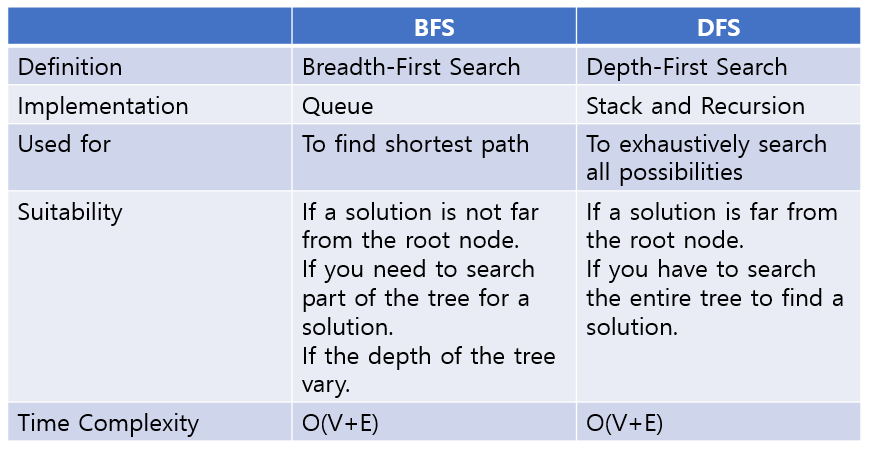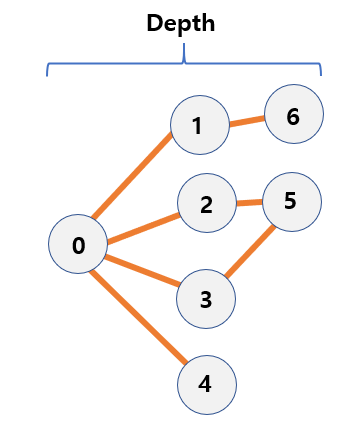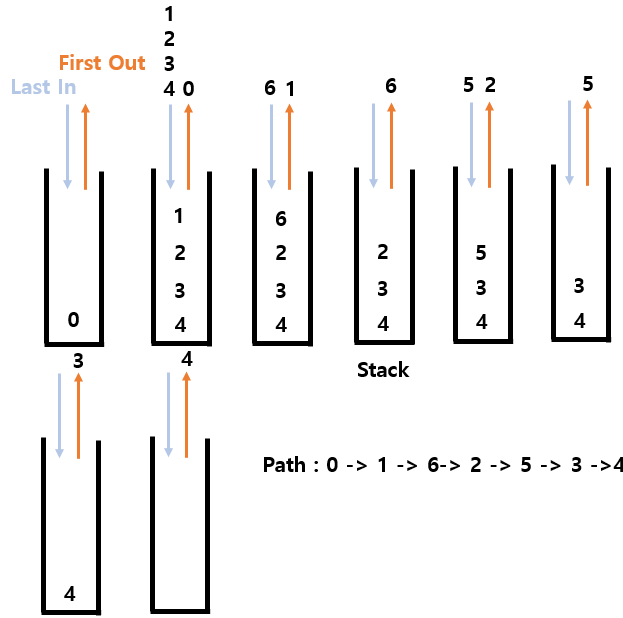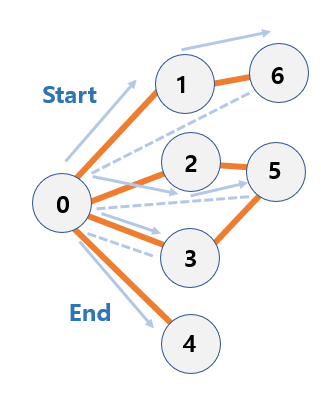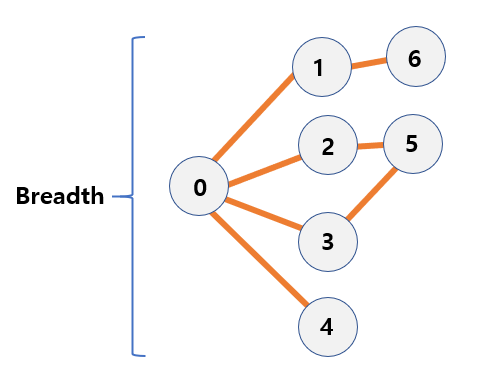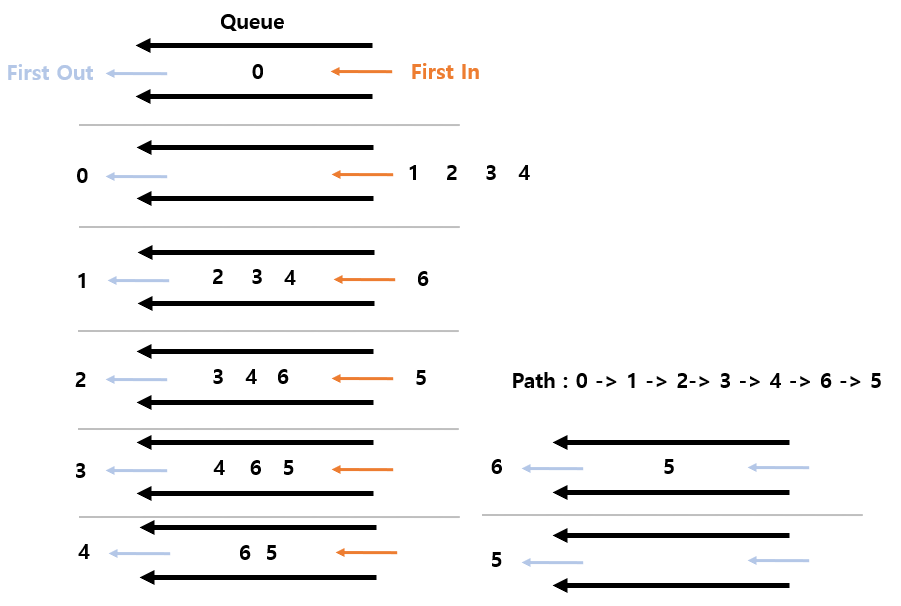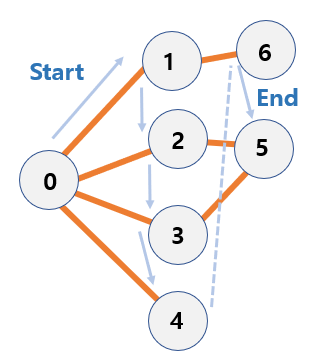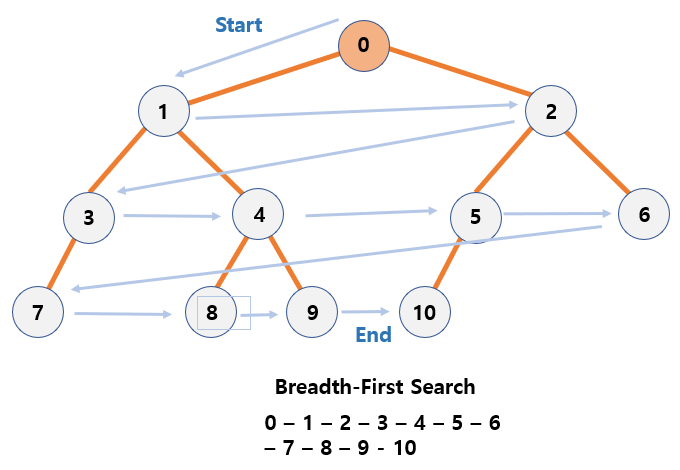How to traverse Graph, DFS and BFS
20 Jun 2020
Contents
About Data Structure Graph Traversal DFS and BFS
How to Traverse Graph
1. Depth-First Search (DFS)
- Start with the root node and traverse depth first in the graph.
- Use
StackandRecursionto implement.- Stack is
LIFO, Last In First Out - Stack can be seen as
vertical structure, and vertical structure has adepth.
- Stack is
-
Requires
less memory than BFSbecause you don’t have to store pointers of neighboring nodes.
2. Breath-First Search (BFS)
- Start with the root node and traverse witdh first in the graph.
- Use
Queue.- Queue is
FIFO, First In First Out - The queue can be seen as
horizontal structure, and the horizontal structure has awidth.
- Queue is
-
Requires
more memory than DFSbecause you have to store pointers of neighboring nodes.
Both DFS and BFS have pros and cons. Depending on the situation, you should choose between DFS and BFS.
BFS
- Use when you need to search the shortest path.
- The node you are looking for is not far from the root node.
- It is necessary to traverse the parts of the graph.
- When there is a difference in depth on the graph.
DFS
- Use to search the entire graph.
- The node you are looking for is far from the root node.
- It is recommended to use it when there is not much differencei in depth on the graph.
Implementation
DFS and BFS GitHub

